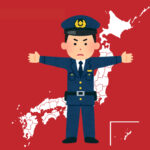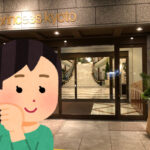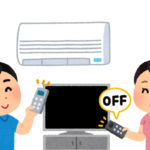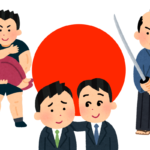
On the second day of our Kyoto trip, we will visit the tourist spots in Kyoto.
First, I bought a one-day subway and bus pass at Gojo subway station.
With this pass, you can ride almost all public transportation in the center of Kyoto, so it's a pretty good deal.
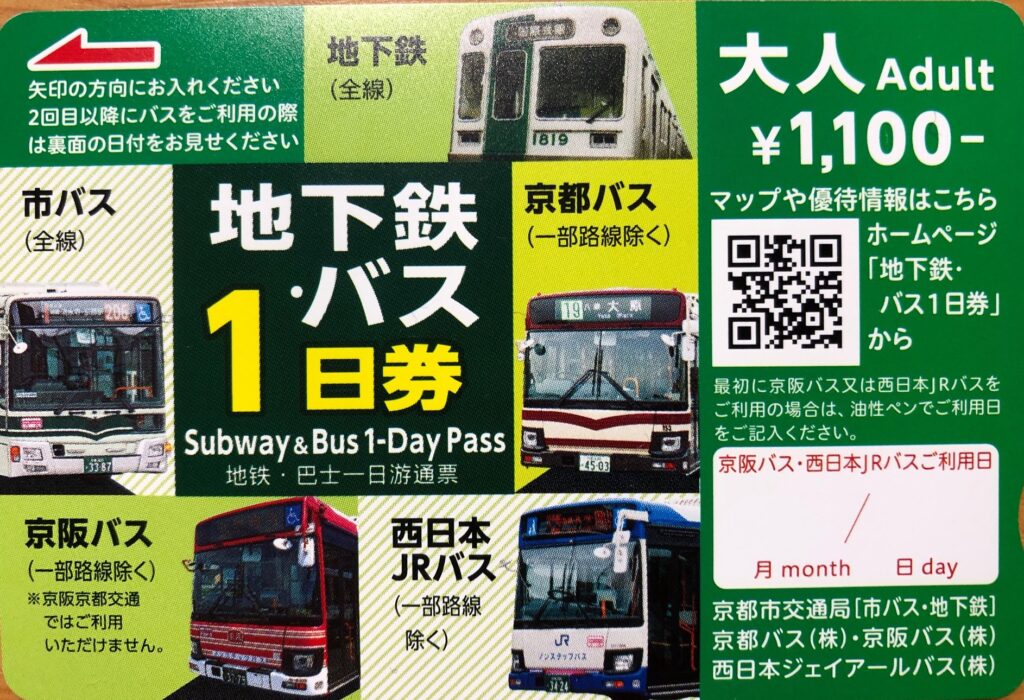
I immediately used this ticket to go to Kinkakuji Temple.
Take the subway to Kitaoji, change to a bus and get off at Kinkakuji-michi. It only takes two minutes on foot to reach the Golden Pavilion of Rokuonji Temple.
In the Muromachi period (1336-1573), Ashikaga Yoshimitsu, the third shogun, took over the building from the Saionji family and built the Sharyuden. After that, many of the buildings were destroyed by fire during the Onin War, but they were rebuilt in 1649 during the Edo period, and dismantled and repaired in 1906 during the Meiji period.
The current Kinkaku was rebuilt in 1955, partly due to the fact that materials from the dismantling in 1906 were still available, and the building was restored to its original state.
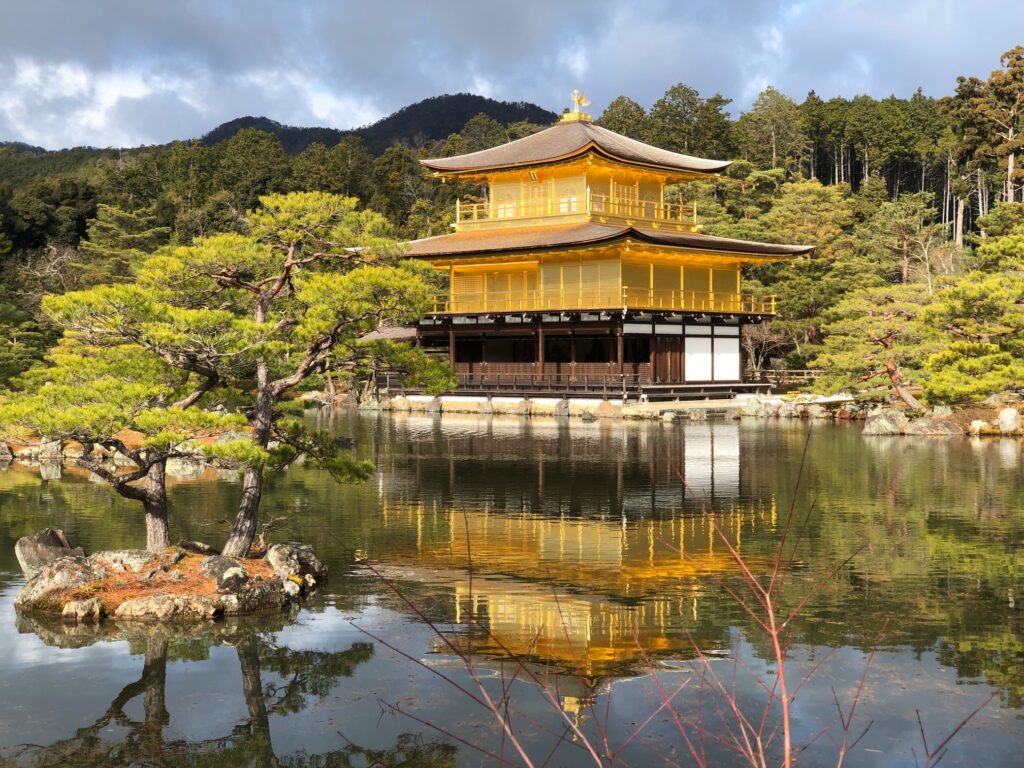

After Kinkakuji, we went to Fushimi Inari.
This is where I made a mistake. I should have taken the subway to Kyoto Station and transferred to the bus, but I thought I could transfer to the bus at Jujo Subway Station, so I went to Jujo Station.
It turned out that there was no bus stop, although the bus actually passed through Jujo. Checking on Google Maps, it was not too far to walk from Jujo Station to Fushimi Inari. In the end, I had to make my wife walk almost two kilometers. I'm sorry, wife.
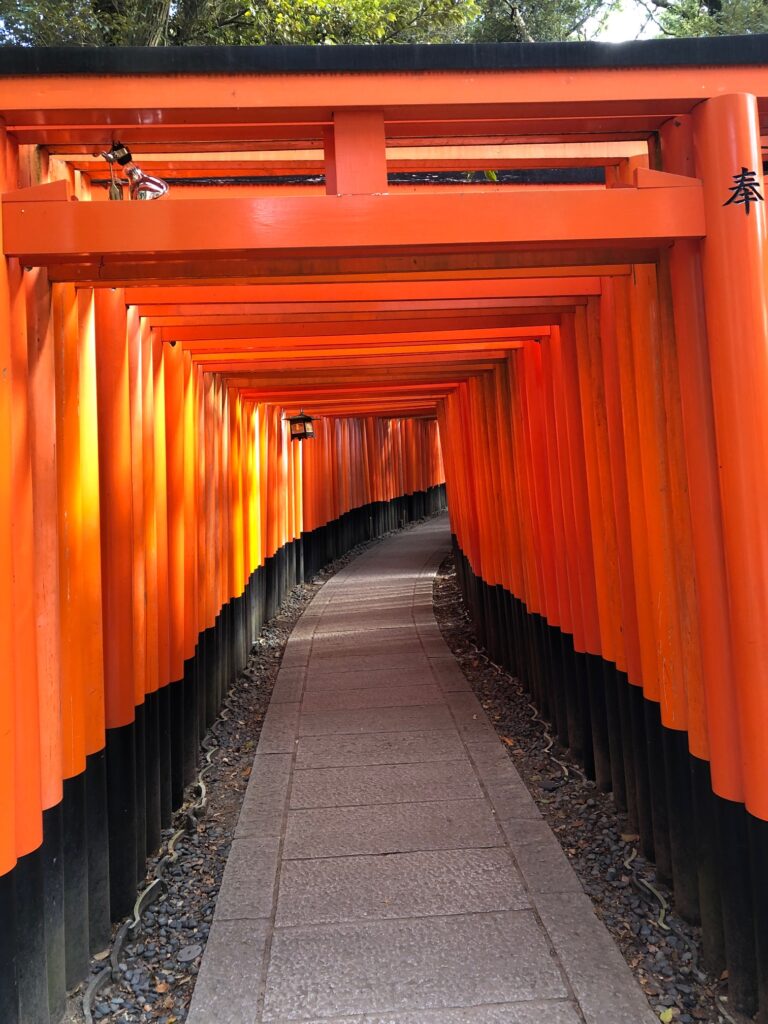
In recent years, Fushimi Inari has become famous as a photo-opportunity spot due to the introduction of the vermilion-lacquered thousand torii gates (there are actually 10,000 of them) by foreign tourists.
I have been here about 25 years ago, and I remember that there were not so many tourists at that time
There were a lot of tourists there that day, and it was difficult to get the right moment to take pictures.
Fushimi Inari is located at the foot of Mount Inari, and the entire mountain is the object of Inari worship. In the Heian period (794-1185), Sei Shonagon visited the shrine, but he wrote in the Makurazoshi (The Pillow Book) that the main shrine at that time was located near the top of Inari Mountain and that it was difficult to climb.
Fushimi Inari was also destroyed by fire during the Onin War, and the main shrine was rebuilt in 1494. The tower gate in the photo was donated by Toyotomi Hideyoshi in 1589.

The guardian deities of the shrine are not guardian dogs (lions) but foxes.
My wife thought it was a dog. It's a fox. Originally, Fushimi Inari was the god of agriculture, and the fox was said to be the messenger of the god of rice paddies because it appeared in the villages from the time of rice planting to the time of rice harvesting.

After Fushimi Inari, we went to Uji Byodoin Temple.
It takes about 25 minutes from Inari Station on the JR Nara Line in front of the approach to Fushimi Inari to JR Uji Station by local train.
My iPhone battery was down to 1% and I was worried if it would last until Uji Station. I was worried if my iPhone battery would last until Uji Station, because I use a mobile watermelon and if the battery runs out, I can't use the watermelon. Thankfully, the battery lasted until Uji Station.
However, I couldn't take pictures of Byodoin Phoenix Hall with my smartphone anymore. Too bad.
The phoenix of Byodoin is very familiar to Japanese people as it is depicted not only on the design of the 10 yen coin but also on the back of the 10,000 yen bill.
It was 1053, 968 years ago that the Byodoin Phoenix Hall was built by Fujiwara no Yorimichi. This was 968 years ago.
This year marked the 2,000th anniversary of the Buddha's death, and the world began to be covered by the Latter Day of the Law, which believed that an era had begun in which there was only the teachings of the Buddha and no practice or enlightenment.
The city's security was deteriorating due to epidemics and violent outbursts by armed monks who were supposed to protect the teachings of Buddhism.
The Byodoin Phoenix Hall was the embodiment of paradise at a time when the Latter Day of the Law was actually unfolding before our eyes.
In the Phoenix Hall sits a statue of Amitabha Buddha, who is said to save all living things.
Not only Yorimichi Fujiwara, the builder of the temple, but also many other people in this era must have sought salvation from the Phoenix Hall.
My wife would never know the history of the temple, but she seemed to like it very much and called it "very cute".
I also felt an indescribable sense of peace at the appearance of the Phoenix Hall.
After leaving Byodoin, we went from Keihan Uji Station to Shimizu Gojo Station via Chushojima.
I had planned to walk to Kiyomizu-dera from here, but my wife was tired of walking, so we decided to return to the hotel.
I bought some food at the 7-Eleven near the hotel (chicken nuggets and cup noodles, etc.) and ate it in my room.
It was already 4:00 at this time.
We had a dinner reservation at 5:30, so I ate only a little, and at 5:10 we left the hotel and walked to Gion again.
I arrived at Chin min Gion restaurant, which I had reserved through the American Express Gold Dining by Invitations program.
A course meal called Shimizu.

The course includes
5 kinds of cold dishes
Deep-fried crab claws
Braised shark's fin
Stir-fried beef fillet with oyster sauce
Fried abalone with fluffy egg white
Fried noodles with five-spice sauce
Two kinds of dessert
My wife was too full to eat the gomoku soba.
It was very tasty and I was very satisfied.
The course was 10,000 yen per person, but since one person was free with the American Express benefit, the total cost was only 11,480 yen including drinks. The annual fee for the Amex Gold Card is 31,900 yen, which is a bit high, but the perks make it well worth it, so I find it very useful.
We ended up with 22,000 steps for the day.
I got off at the wrong station in Fushimi, so we had to walk a lot more than we should have. I'm sorry, my wife.


